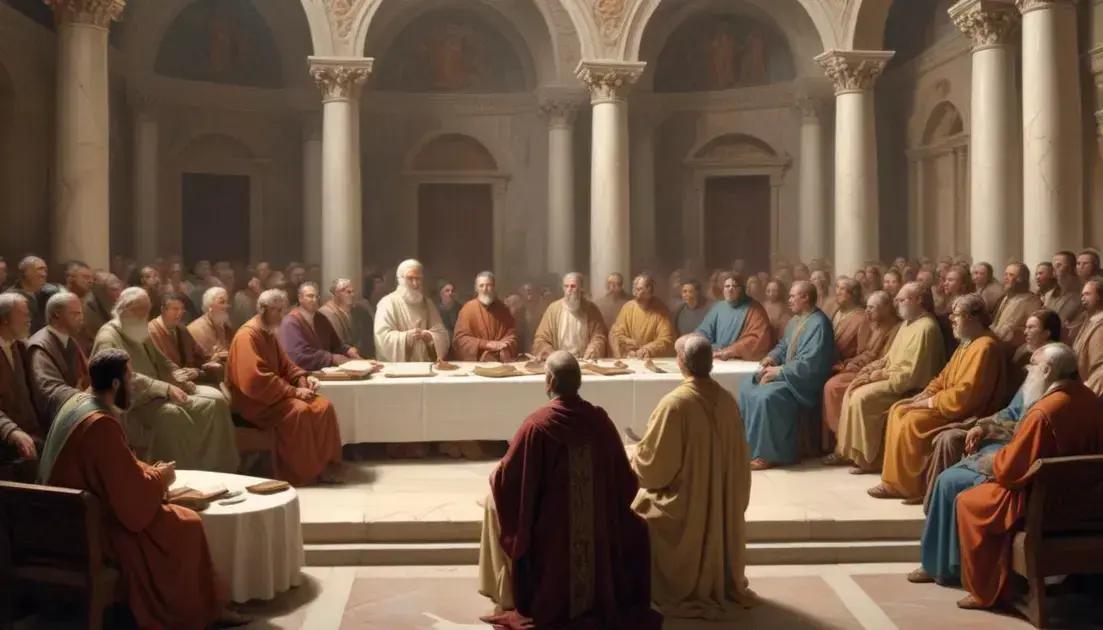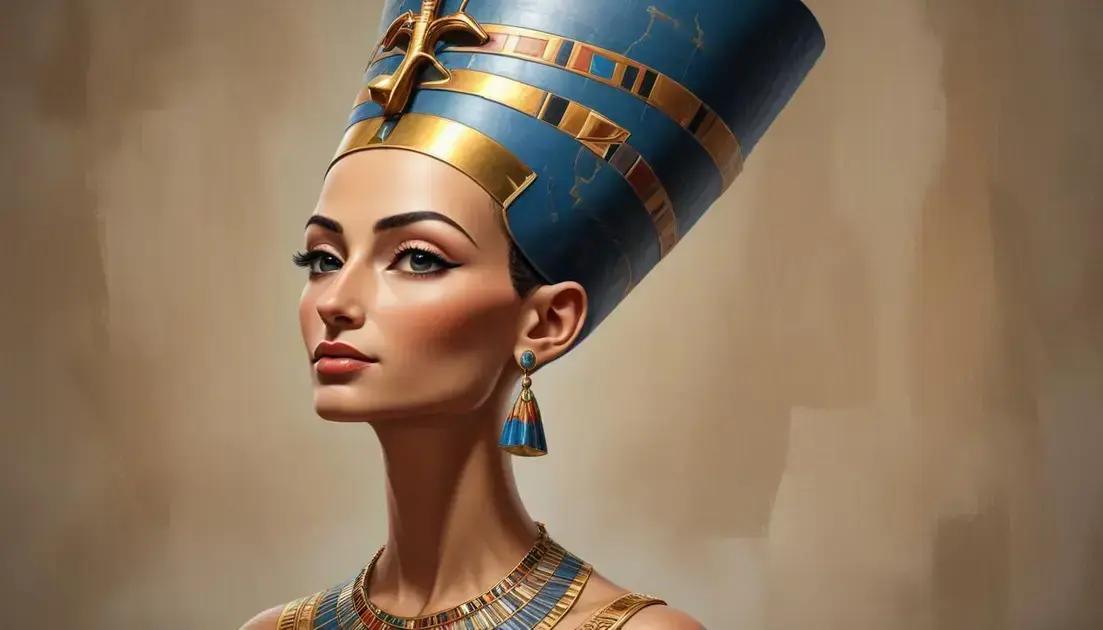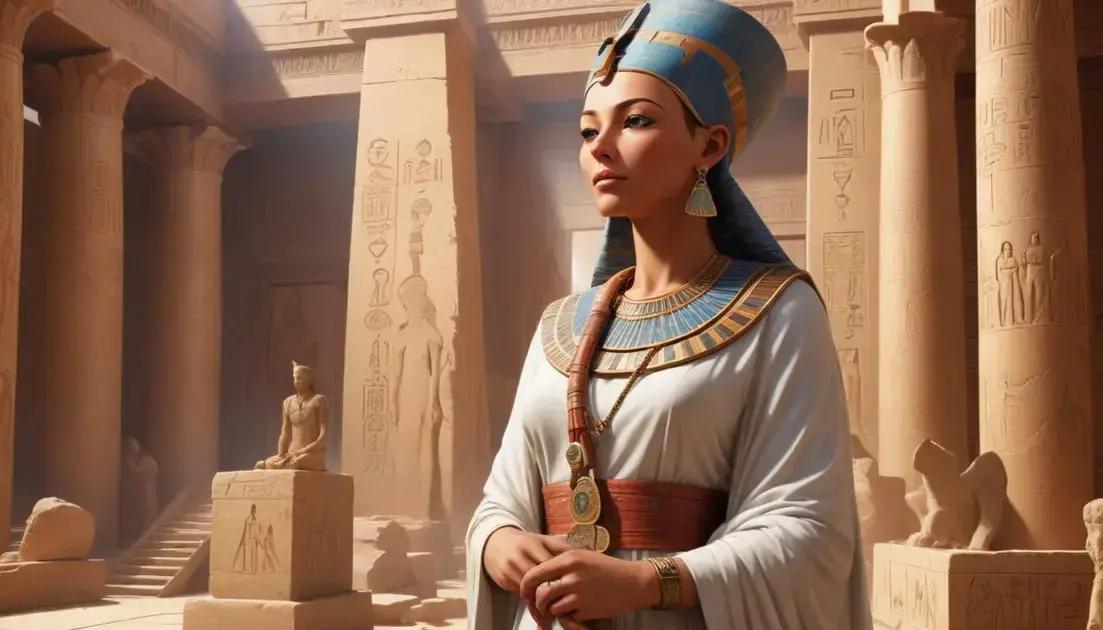
Chalcedonian Schism and Coptic Identity
The Chalcedonian Schism, occurring in 451 AD, created a significant divide within Christianity, resulting in two main groups: Chalcedonian and non-Chalcedonian Christians. This split shaped the beliefs and practices of modern Christian communities, notably influencing the Coptic identity. The legacy of this schism emphasizes the importance of dialogue and understanding among diverse Christian groups today, as it continues to impact relationships, cultural practices, and the pursuit of unity in faith.
The Chalcedonian Schism has profoundly shaped the Coptic identity over centuries. Let’s explore its lasting impact.
Introduction to Chalcedonian Schism
The Chalcedonian Schism started in the 5th century. It split Christian groups over beliefs about Jesus Christ. The Council of Chalcedon took place in 451 AD. Here, church leaders discussed the nature of Christ. Some believed Jesus was both God and man. Others disagreed, feeling that he was only divine. This difference led to great tensions.
In Egypt, the Copts rejected the council’s decisions. They felt the teachings did not represent their beliefs. This rejection created a divide between the Chalcedonian Christians and the non-Chalcedonians.
Over the years, this schism shaped identities. It reinforced the Coptic faith and culture. The split also influenced how different Christian groups see each other today. Understanding this historical moment is key to grasping modern Christian dynamics.
The consequences of this schism are still felt. It continues to affect relations among Christians. Many discuss the Chalcedonian Schism when exploring faith and identity.
Historical Context of the Council of Chalcedon
The Council of Chalcedon was a major event in church history. It took place in 451 AD in modern-day Turkey. This council aimed to resolve key issues about Jesus Christ’s nature. The church leaders wanted to clarify how Christ was both divine and human.
At this time, many Christians had different beliefs. Some thought Jesus was only divine, while others believed he was fully human. These differences caused conflict within the early church. The Chalcedon Council gathered over five hundred bishops from various regions.
The council produced the Chalcedonian Definition. It stated that Jesus is one person in two natures: divine and human. This definition was crucial for defining Christian belief but also stirred up controversy.
After the council, tensions remained high. Those who accepted the definition became known as Chalcedonian Christians. Others, like the Copts, rejected it, leading to long-lasting divisions.
The Council of Chalcedon’s effects reach into today’s Christian communities. Understanding this historical context helps explain ongoing debates in Christianity about faith and identity.
Coptic Identity Formation
Coptic identity has deep roots in Egypt’s history and culture. It began to form after the Chalcedonian Schism. This separation from other Christians defined Coptic beliefs and practices.
The Copts hold on to their traditions and language, which is based on ancient Egyptian. Their unique rituals and religious practices set them apart. This includes specific ways of celebrating holidays and church services.
Faith plays a key role in Coptic identity. Many Copts see their religion as part of their heritage. They view their church as a protector of their culture. Memories of persecution have strengthened their commitment to faith.
Copts often face challenges. These can range from political issues to social discrimination. Yet, their strong community ties help them maintain their identity. Many Copts take pride in their history and contributions to society.
Today, Coptic art, music, and literature continue to flourish. This cultural expression helps keep the Coptic identity alive. The rich historical background makes their identity complex and vibrant.
Impact on Modern Christianity
The impact of the Chalcedonian Schism on modern Christianity is significant. It shaped the beliefs and practices of many Christian groups today. The division between Chalcedonian and non-Chalcedonian Christians continues to influence relationships among churches.
Copts and other Christians often have different views on faith and theology. These differences lead to unique worship styles and rituals. Many people feel a strong commitment to their traditions and cultural identity.
Understanding this schism helps in discussions about unity within Christianity. Many recognize the importance of dialogue and mutual respect. Some churches work together, despite theological differences, to promote peace and understanding.
The legacy of the Chalcedonian Schism also highlights the ongoing challenges Christians face. Issues such as discrimination and persecution remain relevant. Many Copts advocate for their rights and religious freedom.
This event’s influence extends beyond theology. It affects social, political, and cultural aspects of life for many Christians today. Thus, recognizing this history can deepen our understanding of the Christian landscape.
Conclusion
The Chalcedonian Schism continues to influence Christianity today. This split created two main groups: Chalcedonian and non-Chalcedonian Christians. Each group has unique beliefs and practices that reflect their history.
The Coptic community, for example, has preserved its traditions over centuries. These traditions shape their identity and their view of faith. Modern challenges, like discrimination and persecution, emphasize the need for unity among Christians.
Today, many Christians value dialogue and respect, seeking understanding across differences. Working together helps build bridges and promotes peace. Efforts are underway to heal old wounds and foster collaboration among various groups.
Recognizing the impact of the Chalcedonian Schism allows believers to appreciate their faith. Understanding each other’s backgrounds can lead to a more inclusive Christian fellowship.
Conclusion
In conclusion, the Chalcedonian Schism has a lasting impact on modern Christianity. It created significant divides but also opens doors for dialogue. Understanding this history helps us appreciate different beliefs while fostering respect among Christians.
The Coptic community’s rich traditions show how deeply faith shapes identity. By learning about each other, we can work together towards unity. Bridging the gaps between groups is essential in today’s world.
Ultimately, recognizing our shared faith can lead to more inclusive communities. Let’s embrace the diversity within Christianity and promote peace and understanding among all believers. Together, we can grow and strengthen our faiths in a supportive way.


